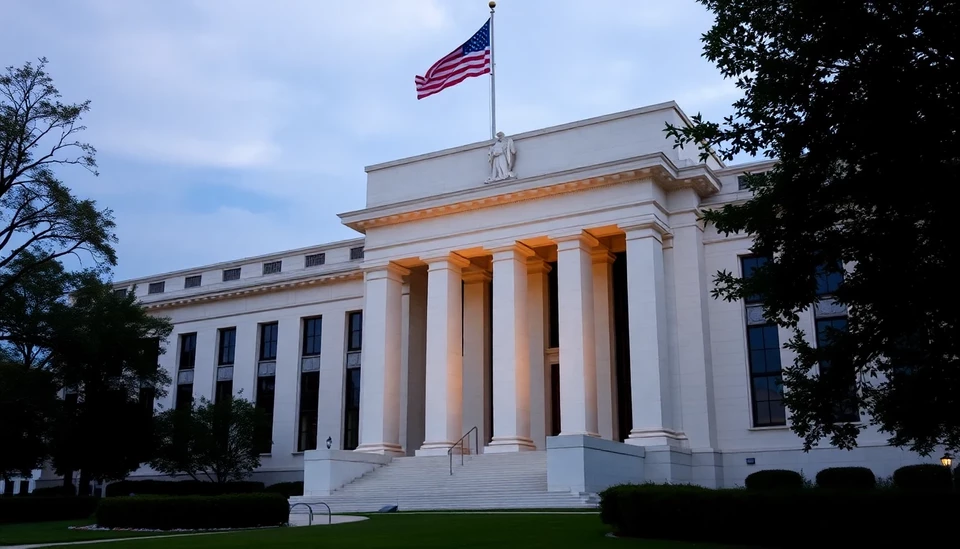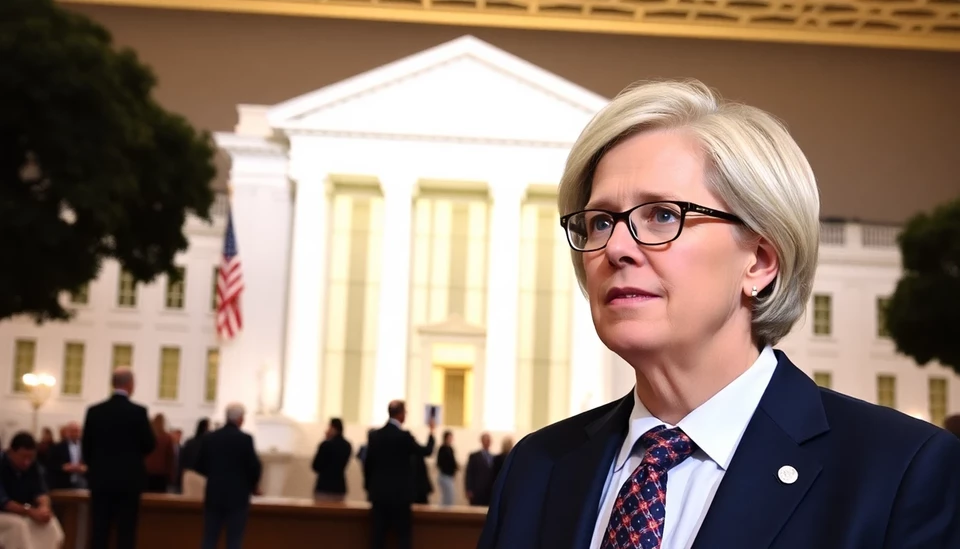
In a monumental decision that could redefine the landscape of global finance, the Federal Reserve has announced a series of interest rate cuts aimed at stimulating economic growth as the year draws to a close. This pivotal move comes after prolonged discussions among policymakers regarding the state of the U.S. economy and its interplay with international markets.
During a highly anticipated meeting, the Federal Open Market Committee (FOMC) voted to lower the benchmark interest rate by 25 basis points, bringing it to a target range of 4.25% to 4.50%. This marks a significant deviation from the previous trend of rising interest rates, initiated to combat inflation. The Fed’s decision was influenced by multiple factors, including recent economic indicators suggesting stagnation, lower inflation rates, and the need to maintain economic momentum amidst looming global uncertainties.
Chairman Jerome Powell, who addressed the press following the announcement, emphasized the importance of the cuts in bolstering consumer confidence and encouraging borrowing. He stated, “Our decision reflects a commitment to provide support to the economy and to mitigate risks that could hinder continued growth.” Powell also highlighted that the Fed is closely monitoring global economic trends, particularly those emerging from Europe and Asia, which have shown signs of instability.
Market analysts have hailed the Federal Reserve’s latest move as the beginning of a more accommodative monetary policy environment as central banks around the world adapt to faltering economic conditions. The European Central Bank (ECB) and other major institutions have also hinted at potential rate reductions, signaling a collaborative global response to economic challenges. Many economists believe that a synchronized easing of monetary policies could help maintain global liquidity and stimulate growth across various regions.
Despite the optimistic outlook from the Federal Reserve, Powell cautioned that uncertainties remain. He referenced geopolitical tensions and supply chain disruptions as factors that could pose risks to the economic outlook. Special attention has been directed toward the ongoing implications of inflationary pressures that could resurface if the economy overheats due to reduced borrowing costs.
As the dust settles on this major decision, markets reacted positively, with major stock indices seeing an uptick as investors responded favorably to the reduction in borrowing costs. However, some investment analysts are warning that the optimism could be short-lived if inflationary trends return or if employment figures do not show improvement. The financial community will be keeping a close eye on upcoming economic data to gauge the effectiveness of these cuts.
In summary, the Federal Reserve’s decision to cut interest rates signals a shift towards a more flexible and responsive monetary policy, acknowledging the current challenges while paving the way for potential growth. This move not only impacts the U.S. economy but also has far-reaching implications for global markets, possibly ushering in a new era of lower interest rates in various economies worldwide.
As 2024 approaches, many will be watching how these changes unfold and influence both domestic and international financial landscapes.
#FederalReserve #InterestRates #GlobalEconomy #EconomicGrowth #CentralBank #MonetaryPolicy #FinanceNews #MarketTrends #EconomicIndicators
Author: Rachel Greene




